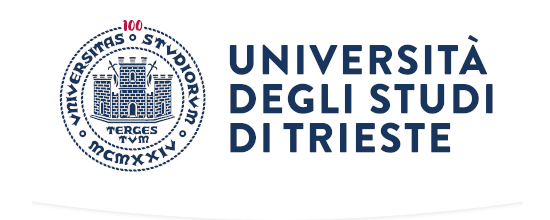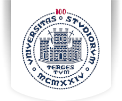For the contents of the courses of the first year of the Study Plan, the Degree Course Council has defined a Syllabus.
The curriculum is based on six educational activity types (TAF (Tipologie di attività formative), according to Art. 10 of Ministerial decree 22/10/2004, No. 270):
- basic educational activities (TAF A)
- core educational activities (TAF B)
- similar/complementary educational activities (TAF C)
- educational activities freely chosen by the student and consistent with the training projects (TAF D)
- activities relating to the final examination and assessing the student's skills in at least one foreign language (TAF E)
- other educational activities aimed at achieving further linguistic, IT, data communication and relational skills and other professionally relevant skills, as well as internships with external bodies (TAF F)
TAF A, B and C activities are mandatory. TAF F activities may be of various kinds and are indicated in the Credit Approval section and in the Placement section.
Alongside these educational activities, students may complete their curricula with exams of their choice (TAF D), so designing an individual educational path based on personal interests and career expectations.
Students submit their curriculum (PDS - Piano degli Studi) following the procedures and deadlines outlined by the University and specifying the free-choice and elective subjects in which they are interested.
Free-choice subjects (TAF D) that may be added to a curriculum include:
- Subjects offered on a yearly basis and expressly presented for the educational purposes of the degree course;
- Subjects pertaining to other degree courses, as long as they are consistent with the student's educational path.
All free-choice subjects are offered on a yearly basis, students should therefore check that their subjects of choice are offered before submitting the curriculum.
Any subjects chosen for subsequent years that are then not offered must substituted by submitting an amendment to the curriculum.
The curriculum, including a list of subjects and other educational activities, is attached to the "Academic Regulations" and can be found under the "Curriculum" section of the menu.


